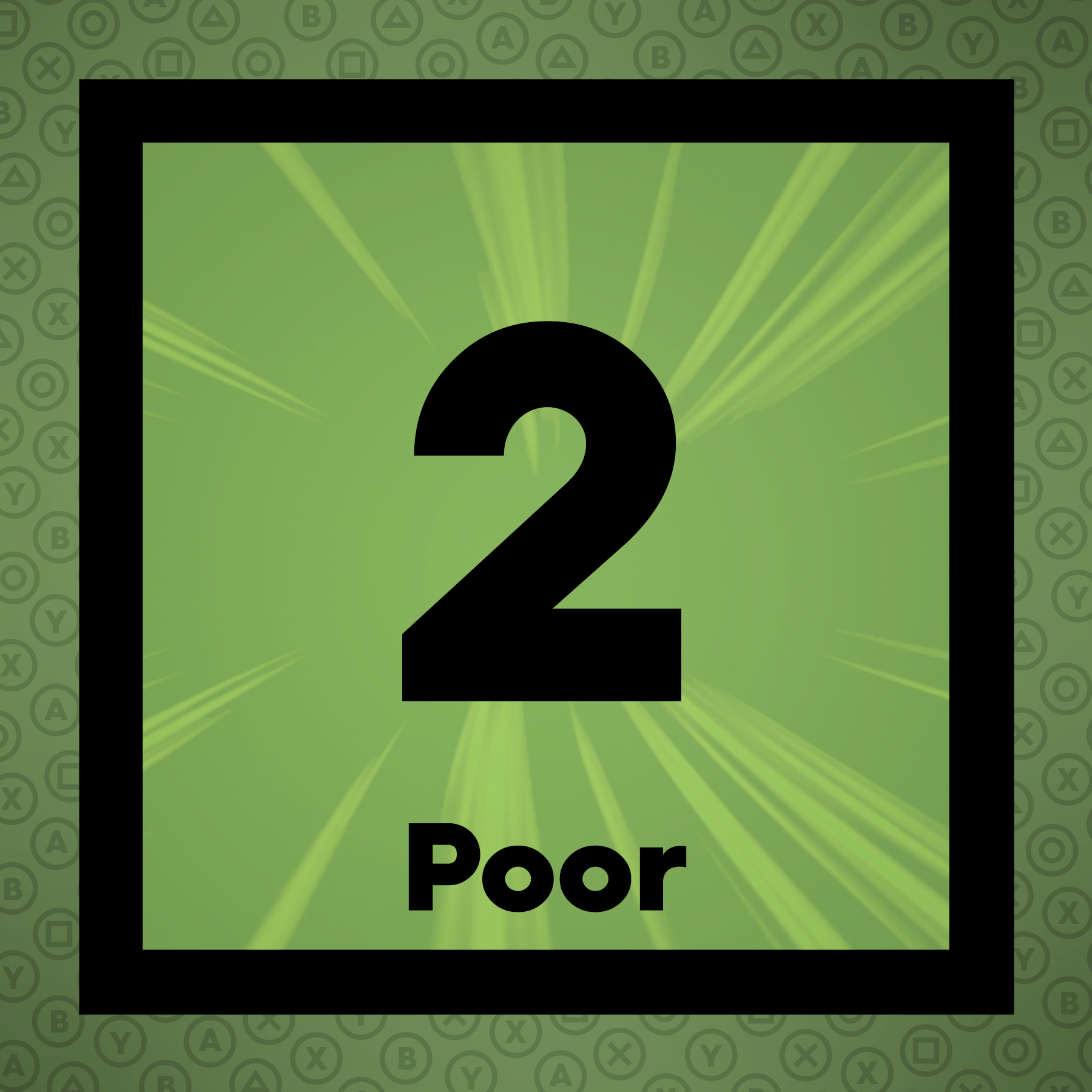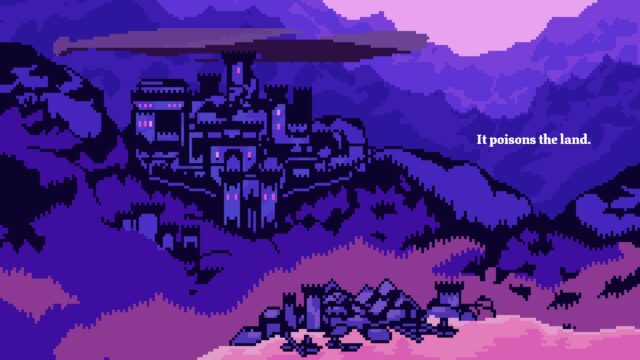Shuffle Tactics is first and foremost a roguelike. While there are many aspects and implications from Rogue, the game that spawned that genre, above all, is an unrelenting difficulty. No matter how much you know, how many times you’ve played, or how close you’ve gotten to the end before, you can just as easily be destroyed by an unlucky “dice” roll as a new player playing the first time. Unfortunately, Shuffle Tactics has far too much Random Number Generation (RNG) to be enjoyable. This, combined with little to no signposting and many bugs, makes for a card game where my go-to play is to “fold”.

Shuffle Tactics
Developer: Club Sandwich
Price: $14.99 ($11.99 until 7/1)
Platform: PC (reviewed)
MonsterVine was supplied with a Steam code for review
It is important to distinguish Shuffle Tactics as a roguelike and not a roguelite, as even though you will unlock more characters, decks, and other gameplay trinkets, some material uses both terms interchangeably regarding Shuffle Tactics. Your characters always start with the same stats, (a choice of) starter deck, and the only meta progression seems to be the chance to utilize unlocks. In short, the player always starts from square one, no matter what they’ve unlocked. This confusion of terms does give me a chance to bring up the fact that, as is, Shuffle Tactics probably would benefit from more roguelite mechanics. Currently, the difficulty and RNG are so brutal that I was unable to actually finish even one run, which would have unlocked the other two characters.

Club Sandwich acknowledges this by providing accessibility tools right out of the gate that allow you to unlock all heroes, make all heroes max level, unlock all relics, or a Hero Mode that gives an additional Action Point and card draw a turn. It’s awesome to see a developer provide strong accessibility features like this, but unfortunately, even that wasn’t enough. I was unable to find a combo or consistent ability to make sure my hero was sturdy enough to survive and deal damage in the hundreds before the extremely powerful Glimmer-cursed bosses decided to look in the Doberknight’s general direction and end my run. I even ended up turning on all those aforementioned accessibility features, only to still have zero complete runs of Shuffle Tactics to my name.
While a reader might think “It’s a roguelike, it’s supposed to be hard as nails”, I don’t think the developer’s intent was that it’s so hard I couldn’t even unlock the two other playable characters with which I may have had an easier time playing as. While I have not played as many roguelikes as roguelites, I’m fairly familiar with card games and what a successful run comprises. In Magic: the Gathering Arena, Legends of Runeterra, or Hearthstone, I’m fairly confident that my deck has what it takes to actually compete in limited, when speaking of the former, and roguelite modes when speaking of the latter two games. This usually involves making your deck as small as possible to minimize RNG, putting as powerful cards as you can manage so that you can take down your opponent before they can even realize what’s going on or react to it. Shuffle Tactics does not allow me to do these things consistently.

While there are combo pieces like the Recharge skill allowing you to generate Action Points (AP) on kills, unfortunately, bosses and some structures are immune to being pushed or pulled, making the Bully starter deck of the Doberknight much weaker for no discernible reason. I recently reviewed a roguelite, Teenage Mutant Ninja Turtles: Tactical Takedown, which had no such qualms about letting the player Sparta kick enemies to their hearts’ content, and it was all the better for it. Shuffle Tactics does attempt to have elements such as oil and fire be factors in your battle against the warped King Ogma, as well as sidekicks, but in my experience, it was never enough. With all the accessibility options turned on, I was able to make it to the final boss, King Ogma, once. Unfortunately, the mad King just decided out of the blue to kill two of my party members, including my hero, ending my run. There was no indication Ogma was going to do a huge, telegraphed attack; he just ended it because he felt like it, as far as I can tell.

Shuffle Tactics suffers not only from RNG but also bugs. While most were easy enough to deal with, there are some odd ones, like if you exit a level to savescum, or just by accident, it may not even load the same level. There is one inexcusable bug, however: if you press Ctrl to give yourself a top-down camera to make sure your tactics are going to go as planned, it breaks the camera. The camera, if left in this mode, will jerk back and forth, forcing you to scroll back to your characters while doing any sort of action. You also don’t ever want to leave the camera on this mode as you pass the turn to the enemy — Shuffle Tactics is happy to show you nothing of consequence as a result. Granted, you can pretty much swap the camera back and forth effortlessly, but in a game with many pain points already, this did not need to be one. The difficulty and RNG of Shuffle Tactics are definitely the bigger issue, but I even encountered a boss level where I could not use the overhead tactical view as it wouldn’t display the battlefield correctly, instead showing the ceiling and health bars.

Shuffle Tactics also provides very little in terms of onboarding and guidance, which does not help its brutal, RNG-based difficulty. When your run ends, a bar increases for your character, but the game doesn’t tell you that this is probably that character’s level. Cards can be hard to parse, such as Decimating Shot, which deals seven damage but is restricted to a range of six to seven spaces away, or Fire Protection, which implies it can Consume fire-filled spaces, but for some reason I was never able to unless my hero or another unit was on them despite the range and ability description saying otherwise. There are also decisions that I just don’t understand, such as friendly units being unable to pass through one another, that make Shuffle Tactics a game I don’t want to come back to.
 The Final Word
The Final Word
Shuffle Tactics has a good game somewhere in it, but that isn’t what it is presently. I wish the beautifully fluid art style matched the RNG-based gameplay. After my lack of success, I searched and saw player feedback again and again regarding the game’s balance, as well as some of the pain points I’ve brought up in this review. Shuffle Tactics may have been made in reverence to games like Slay the Spire and Final Fantasy Tactics, but Club Sandwich must revisit the game if they hope for it to be spoken in the same breath as those greats.
MonsterVine Rating: 2 out of 5 – Poor
